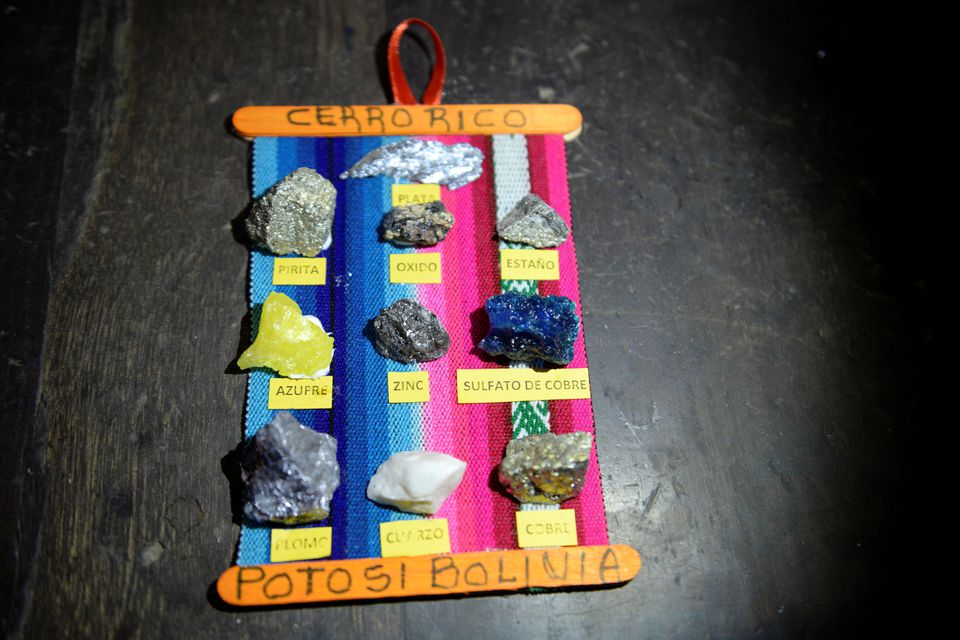CERRO RICO, Bolivia, (Reuters) – Next to one of Bolivia’s poorest cities lies one of the richest silver mines in the history of mankind – Cerro Rico, Spanish for ‘Rich Mountain – a once-legendary source of wealth for the Spanish Empire that is now being dug out by artisanal miners.
The miners – independent workers who labor in dangerous conditions in dark and poorly-ventilated tunnels – live off what they earn from the scraps of silver they find in Cerro Rico, which is slowly sinking and collapsing onto itself.
Work is so fraught that many miners drink straight ethanol before going inside the tunnels, Reuters witnessed. They also chew coca leaves, a plant that has been used as an energy supply for centuries in the Andes and that is also the raw ingredient of cocaine.
“It’s impossible to work without coca in the mine because of the toxic gases,” said Miguel Angel Delgadillo, who has worked in Cerro Rico for 25 years. Coca leaves are chewed in the side of the mouth, but not swallowed. “It serves as a filter.”
Miners also often keep red-colored devils as dolls in their homes and with them at work – an unusual lucky charm. Mine entrances often have images of Satan, sometimes known as ‘tio’ (uncle).
“The miner is Catholic only until the front door of the mine,” Delgadillo explained. “Once he goes in… he believes in the devil.”
DEADLY HISTORY
The pyramid-shaped hill of Cerro Rico, which overlooks the city of Potosi, is revered by Bolivians. It is part of their flag’s coat of arms and a UNESCO World Heritage site.
But Cerro Rico has a dark history. Millions of mostly indigenous people died working here in horrific conditions under Spanish rule.
Just this year, as many as 15 people have died here, local officials said, mostly due to tunnel collapses. Lung disease is also a risk.
“People start working here at age 15 or 16, and the life expectancy is about 45 years because they develop silicosis,” said Delgadillo, referring to a form of chronic lung disease.
The deaths have for years raised alarm bells about whether mining should be banned or significantly curtailed. But authorities are also faced with a crude reality: this is relatively well-paying work in one of South America’s poorest nations.
“We would have to resettle some 30,000 families and find them new sources of work,” Juan Tellez, an adviser to Potosi’s governor, told Reuters. “People are not going to leave.”
Artisanal miners, grouped in 17 co-operatives, told Reuters they had no intention of moving on. Miners can make about 150 bolivianos ($22) per day, above the national minimum wage.
“Clearly we have to take care of (Cerro Rico),” said Severino Limachi, a miner there for 20 years. “But there would need to be a government proposal so that people can migrate elsewhere with a new job.”

